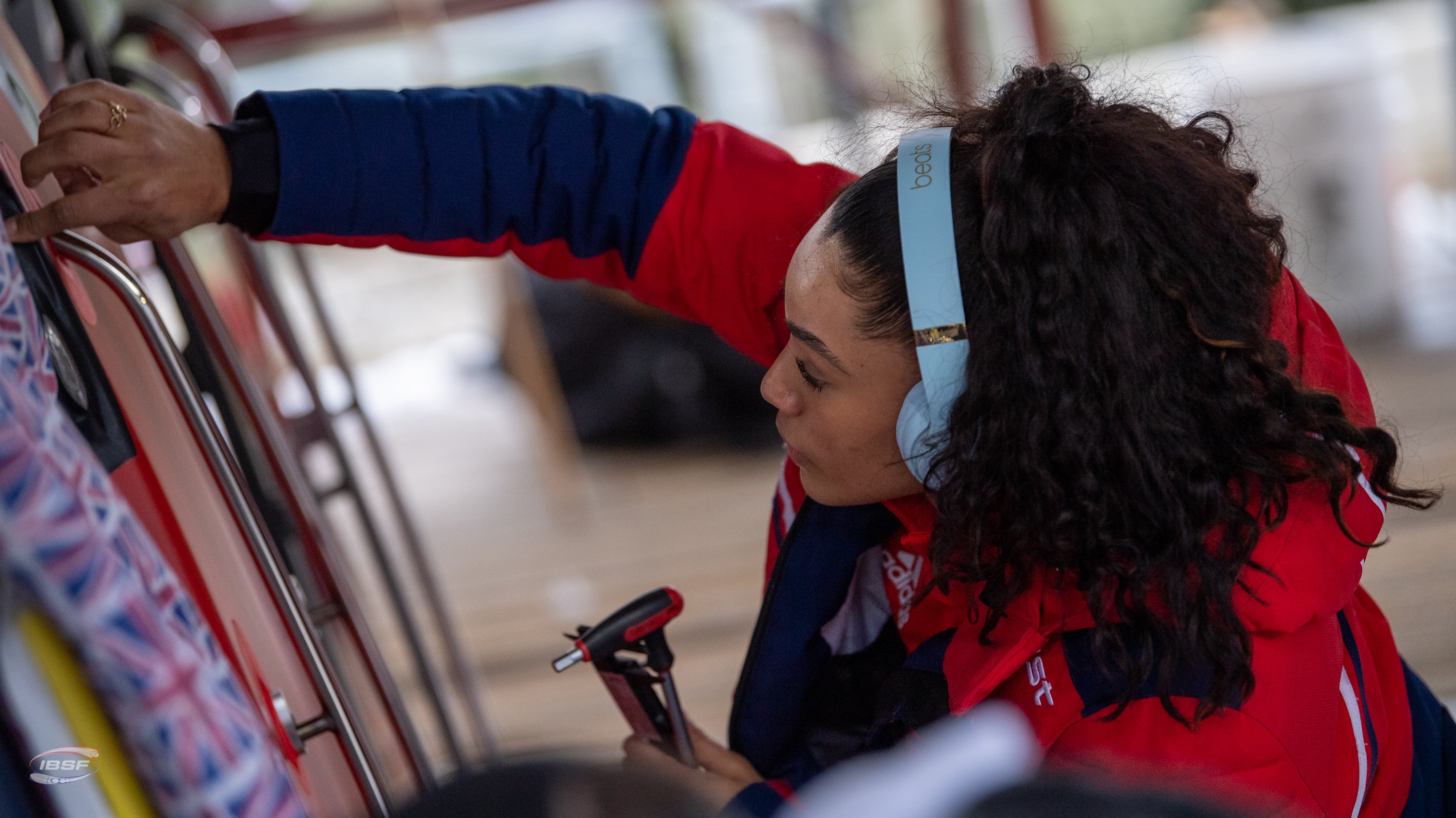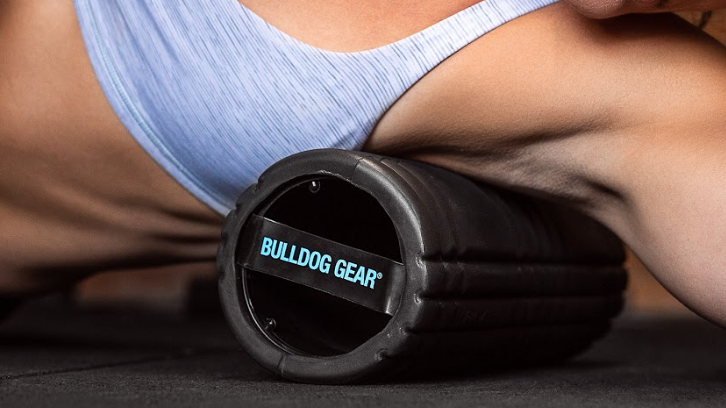|
01/09/2022 | Andrew Tracey Andrew Tracey is a long time collaborator with Bulldog Gear. A coach, writer and current fitness editor of Men’s Health Magazine, he has been in and around the fitness industry for the past 17 years. Having enjoyed and endured a number of disciplines from endurance racing, to strongman, to Crossfit AT enjoys getting neck deep in the practice just as much as the theory. |
When it comes to building stability, balance, coordination and the ability to tap into strength through every joint in your body, simultaneously, it’s hard to beat the ‘Turkish Get-up’. It’s undoubtedly a phenomenal movement, mastery of which can have tremendous carryover to every aspect of your training and everyday life.
It might actually be a little too good.
I rate the Turkish Get-up. I truly do. I view it as a ‘surgical scalpel’; it’s a precise and exacting tool that requires skill and finesse, and that’s fine— in fact that’s the entire point. Honing and refining that surgical precision, rep after rep, is the magic sauce. It’s both the juice and the squeeze.
But, sometimes you don’t need to employ a scalpel— sometimes you need a bone saw.
The odd object get-up takes many, if not most, of the benefits of it’s Turkish cousin and funnels them through a brutish, awkward wrestle against an untameable implement.
There’s no ‘skill’ to learn here, no finesse, no ‘right’ or ‘wrong’ form. Transitioning from laying belly up on the floor to a standing position, with your sandbag or atlas ball in tow is both the lesson and the test.
If you’re looking to build raw strength, balance, proprioception and the type of rugged, full body coordination that lends itself to everything from repping out chin-ups to chopping down trees; this is a movement that should definitely be in your arsenal.

Form Check
Although there’s every likelihood that no two reps will look the same due to the dynamic, unpredictable nature of odd objects such as sandbags and balls— there are some cues that can definitely help you on the long, awkward journey from floor to feet. But think of them as ‘soft suggestions’ that could come in handy. Don’t get (literally) bogged down trying to stick to a formulaic pattern; if you see, or more importantly- feel, an opportunity to skip a few steps and get to your feet in a more swift manner- take it!
-Begin on the floor, flat on your back with your ball or bag to one side. Turn and grab your bag with both arms, pulling it tight to your chest, abdomen or shoulders (you can experiment here to find the positioning that’s most suited to your object and body). Roll back into a laying position, bag held tight.
-Dig your heels into the ground but keep your legs out straight, creating a strong ‘counterbalance’ as you contract your abs and sit-up from the ground to an upright position. Depending on the weight of your bag you may need to hold it lower down, closer to your hips to reduce it’s leverage and stop it from ‘pinning’ you. We warned you this was going to be a wrestle.
-Bring your left heel towards your body, your right knee towards your left heel and your right heel towards your glutes, ensuring your thighs and calves are flat to the ground. From this stable position, shift your weight forward and lift your hips from the ground. Finish in a tall kneeling posture.
-Finally, lift your right knee and step your right foot forward placing it flat on the ground. From this ‘lunge’ position, lean forward and push through the floor, lifting your back foot inline with your right and standing upright. Roll your bag onto shoulder to complete the rep, before reversing the movement all the way back down to the ground, and repeating.
When Should I Get-Up?
Throw in a 5 minute AMRAP as an effective, total body warm-up that will also help you to get ‘embodied’; establishing a deep connection with your muscles and joints ahead of your workout.
Use as a ‘cool down’ that may just put the preceding workout to shame.
Use a lighter weight and drill speed focussed get-ups, alternating between biasing your left or right sides.
Alternate with high intensity air bike or burpee bouts to practice pulling yourself together and functioning under fatigue, perhaps in 1 minute, back-to-back, max efforts of each. Or, as an EMOM; alternating between 10-15 calorie sprints and single, soul-crushingly heavy get-up reps.



